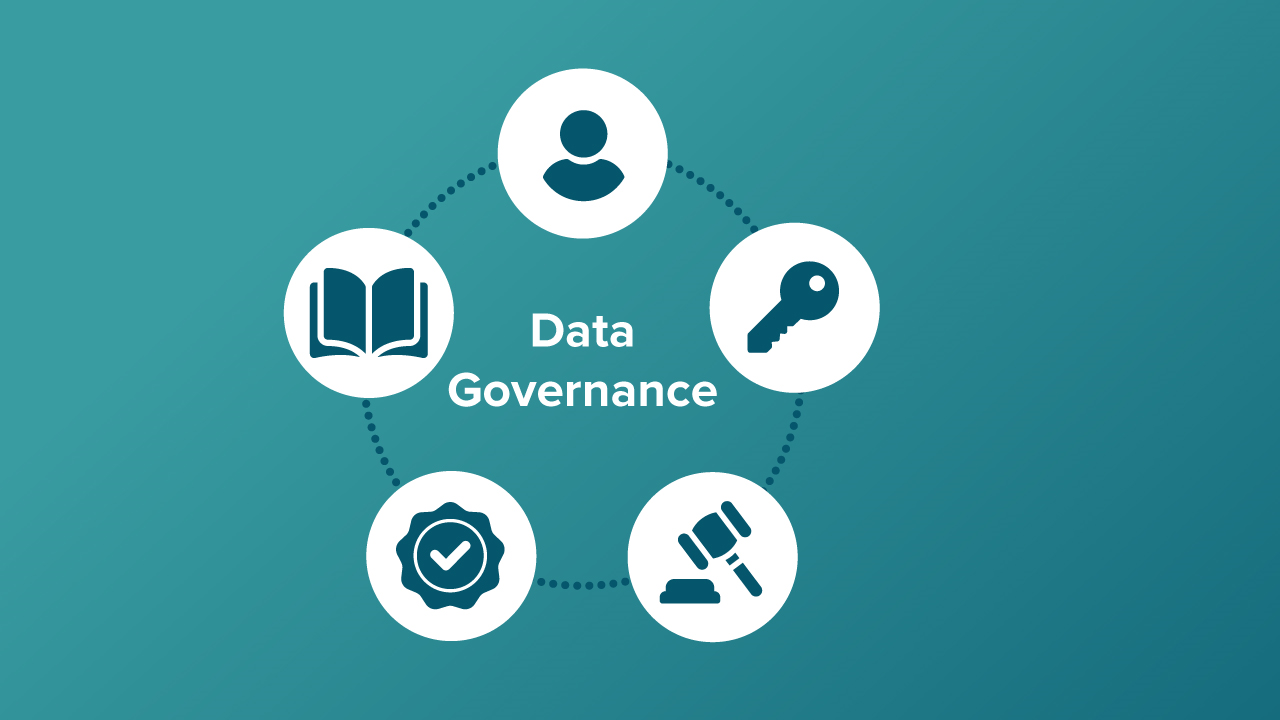Effective Data Governance: Best Practices for Businesses
Introduction to Data Governance
In today’s data-driven world, effective data governance is paramount for organizations that maintain data quality, privacy, and compliance. Data governance encompasses the policies, procedures, and standards that ensure an organization’s efficient and secure use of data. It safeguards data and maximizes its value across various business processes. As the volume and complexity of data continue to grow, the necessity for robust data governance becomes even more critical.
Additionally, it facilitates better decision-making by providing accurate and reliable data to stakeholders. Effective data governance also supports integration efforts, enabling seamless collaboration between departments. Furthermore, it enhances the organization’s ability to respond to evolving market demands and technological advancements. Strong data governance practices ultimately build trust with customers and partners by demonstrating a commitment to data integrity and security.
The Importance of Data Governance
Data governance is vital because it provides a framework that helps organizations manage data more effectively. With increasing data breaches and stringent regulations, governing data properly ensures that sensitive information is protected and utilized correctly. Furthermore, strong data governance practices can improve decision-making, enhance regulatory compliance, and foster greater accountability within the organization. Properly managed data can support strategic initiatives, drive operational efficiency, and create a competitive edge in the marketplace.
Additionally, it helps minimize risks associated with data mismanagement and ensures that data quality is maintained at a high standard. By establishing clear data ownership and stewardship, organizations can avoid data silos and improve data accessibility. Data governance also plays a crucial role in facilitating smoother data integration across various systems and platforms. This comprehensive approach ensures all data-related activities align with the organization’s goals and objectives. Ultimately, effective data governance transforms data into a valuable asset that drives business success and innovation.
Best Practices in Data Governance
Implementing best practices in data governance involves several key elements:
- Establishing clear data policies and procedures
- Assigning data stewards and owners
- Utilizing technology to enforce data policies
- Conducting regular training and communication
- Focusing on continuous improvement
Each element is crucial in creating a comprehensive and effective data governance strategy. Clear policies and procedures provide a foundation upon which the entire data governance framework is built, guiding the actions of all stakeholders and ensuring consistency across the organization. Assigning specific roles to individuals, such as data stewards and owners, establishes accountability and clarifies responsibilities, making managing and protecting data assets easier.
Defining Roles and Responsibilities
Clearly defined roles within data governance are essential. Assigning roles such as data stewards, owners, and custodians helps ensure accountability and clarity. Individuals in these roles manage, protect, and oversee specific data sets. Ensuring everyone understands their responsibilities is critical to minimizing data mismanagement and breaches. By designating specific roles, organizations can better allocate resources, streamline decision-making processes, and ensure that data governance policies are consistently enforced.
Additionally, these roles facilitate better tracking of data lineage and quality, which is crucial for maintaining data integrity. Clear roles also promote a culture of responsibility and proactive management, where each member understands their part in the larger data ecosystem. Regular training and updates on role-specific duties can further enhance the effectiveness of data governance. Organizations can quickly identify and address data-related issues with well-defined roles before they escalate. Ultimately, this structured approach to data governance supports compliance with regulatory requirements and fosters trust in the organization’s data-handling practices.
Leveraging Technology
Technology plays a significant role in enforcing data governance policies. Tools and platforms for data management can help automate compliance tasks, monitor data usage, and protect against data breaches. Advanced technologies such as artificial intelligence and machine learning can enhance data governance by identifying patterns and anomalies that may indicate potential issues. By leveraging these technologies, organizations can proactively address risks and ensure that their data governance policies are consistently applied across all data sets.
Effective Communication and Training
Building an organizational culture that values data governance requires regular communication and training. Stakeholders at all levels should understand the importance of data governance and how they contribute to it. Regular training sessions and open channels for feedback are essential to maintaining engagement and compliance. Developing a comprehensive training program that covers data governance principles, procedures, and technologies will ensure that employees are well-equipped to manage and protect data. Continuous communication lets organizations stay updated on emerging data governance trends and practices, ensuring their strategies remain practical and relevant.
Continuous Improvement
Effective data governance is an ongoing process that requires continuous improvement. Regular reviews and updates to data policies and practices ensure that the organization remains compliant with evolving regulations and adapts to new data challenges. Implementing a feedback loop to identify areas for improvement and formulating success metrics for data governance programs are crucial for achieving long-term success. Organizations should proactively enhance their data governance strategies to keep pace with the dynamic data landscape. Continuous improvement fosters a culture of data responsibility and ensures that data governance practices remain aligned with organizational goals and regulatory requirements.
Conclusion
Data governance is an essential aspect of modern business operations. Organizations can ensure data integrity, security, and compliance by implementing best practices and promoting a culture of data responsibility. Data governance is a continuous journey that requires ongoing commitment to improvement and adaptation. Effective data governance protects sensitive information and harnesses the full potential of data to drive business success. By investing in robust data governance practices, organizations can confidently navigate the complexities of the digital age and achieve sustainable growth.
Stay in touch for more updates and alerts visit: NY-Tribune!






